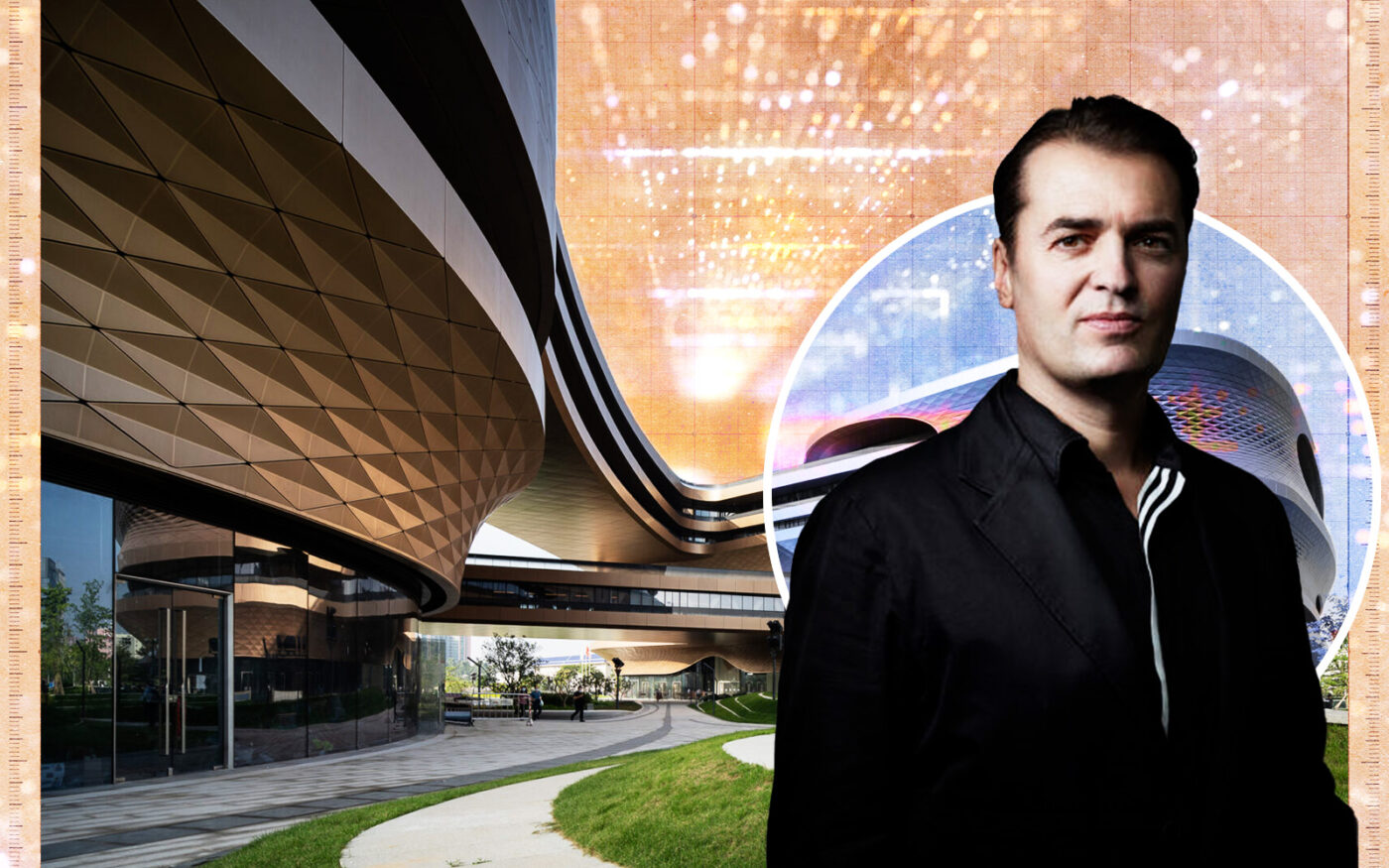 The machines are home: Will AI transform residential real estate tech?
The machines are home: Will AI transform residential real estate tech?
Trending
100,000 designs per day: Architecture firms tapping AI
Zaha Hadid has team using artificial intelligence to create workplaces

Artificial intelligence is making its presence felt in every aspect of real estate. Architecture and design are no exceptions.
Architectural firms are increasingly leaning on AI tools to improve project efficiency and speed, particularly the design aspect, the New York Times reported. The technology holds the promise of accelerating designs, but there are still questions about the cost associated with its use.
One of the top firms utilizing AI is Zaha Hadid Architects, run by Patrik Schumacher. The firm is one of the few with a team dedicated to using data and AI to design workplaces, instituted in December 2015. It has worked on more than 100 projects, mostly in the office sector, including Infinitus Plaza in Guangzhou, China.
Where sameness once reigned in the design of offices, AI has enabled more customization and opportunity to mix things up.
Firms are using AI to conjure up office spaces that recognize the modern needs of a company, which may not be having employees work in-person full-time. Data from sensors are used in a variety of ways, from figuring out the best seating configurations to putting the coffee machine in the most frequented corner of the kitchen.
Ulrich Blum, one of the leaders of Zaha Hadid’s AI design team, said that one of its computer tools can create 100,000 interior designs in a little more than a day — which would take a decade even for a designer who pumped out dozens of designs a day.
As is often the case with emerging technology, however, there are concerns about the use of AI, particularly in the privacy realm. While data from sensors is being compiled anonymously, one fear is that businesses can use the information against employees by being able to see work patterns in the office.
“We need to be sure that, when these systems are used in offices to draw conclusions and improve matters, they’re not a kind of alien control system where we’ve been tracking individuals to penalize them,” Schumacher told the Times.
— Holden Walter-Warner
Read more
 The machines are home: Will AI transform residential real estate tech?
The machines are home: Will AI transform residential real estate tech?
 Marketproof bets on its data in bid for resi’s AI race
Marketproof bets on its data in bid for resi’s AI race




